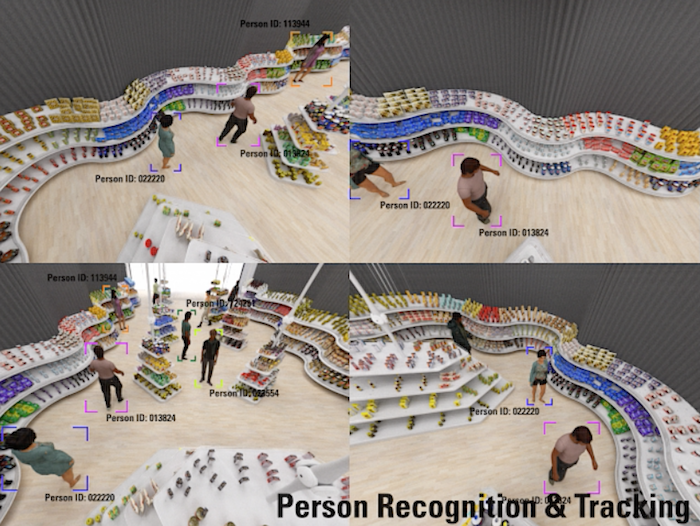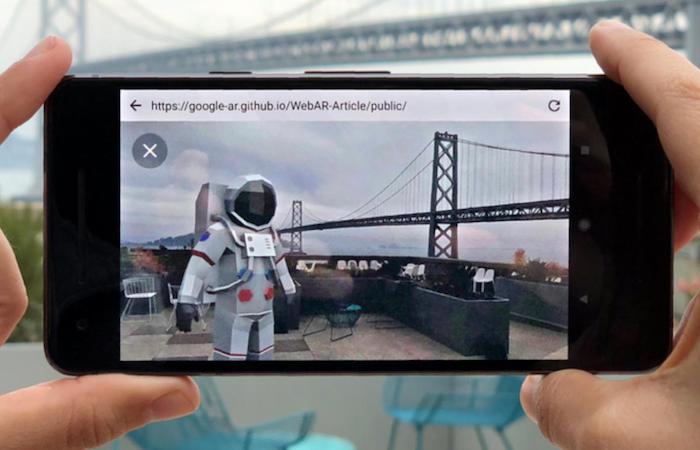New AI Tools Help Retailers Win at Amazon’s Tech Game
When we talk about machine-based learning or artificial intelligence (AI) in retail, Amazon usually gets noted as the industry leader. From the company’s early “Customers Also Viewed” recommendations to Amazon Go, they’ve used technology to create ease and convenience.
Yet, as discussed in a recent webinar by BounceX and BigCommerce, Amazon is a commodity market. It’s transaction-driven, not inspiration-driven. People don’t tend go to Amazon for new ideas; they go for the ease of transaction. Many other brands are better at building personal relationships with their customers. With this in mind, now these retailers can gain ground on Amazon through AI tools available to all.
Command C’s Ecommerce Forecast
“It’s not about ‘doing AI’. It’s about creating a personal customer experience through AI tools.” – Jason “Retailgeek” Goldberg
In competing with Amazon, merchants can leverage the power of a strong customer experience. With these AI features, retailers have the opportunity to inspire customers with their unique products–and provide the ease that people expect from Amazon.
Tech made Amazon what it is today. Yet tech also holds the power to democratize retail. Here are 4 new AI applications to help retailers of all sizes compete.
1) AiFi Offers Cashier-Free Checkout to All Retailers

Since the start of 2018, (one of) Amazon’s headline announcements has been the launch of Amazon Go. Before entering the store, shoppers download the Amazon Go app. They scan in with the app upon entering, and then cameras with built-in AI tracking records what they put in their bag. Their purchases are charged through the app. On Amazon Go’s opening day, several media outlets noted how people waited around the block to shop in a store without lines.
About a month later, a company called AiFi released the news that they have AI technology for checkout-free shopping, and it’s available at scale. According to Morningstar, retailers “from small mom-and-pop convenience shops to major mega retailers of tens of thousands of square feet” can use the AiFi system. The name AiFi is a play off of WiFi, as company founders see a world where artificial intelligence is as common as wireless internet.
AiFi says its cameras can recognize individuals, as well as determine the same person from various camera angles. It can also track up to 500 people in a store, while monitoring tens of thousands of SKUs at the same time. AiFi CEO, Steve Gu, says, “The shopping experience now demonstrated and widely promoted by Amazon is just the tiniest taste of what the AiFi technology can do for retailers.”
2) CamFind Lets Any Customer Mobile Shop by Photo

For context here, remember that AI is also known as machine learning. Meaning: the technology can learn to recognize something – in this case a photo – and make connections based on its learning. And while this technology has been around for a minute (last year we wrote about Neiman Marcus’ Snap. Find. Shop. application), the accuracy of photo recognition has vastly improved in a short time. See exhibit A: CamFind.
CamFind is a free app available for Apple or Android. Through the app, shoppers take a photo of something they wish to buy. In the case above, I took a shot of Almond Milk and Honey Body Butter from The Body Shop.
It’s wild to watch the ID process here. On the far left panel, as CamFind got started, it broadly determined shape and colors. But within seconds, it arrived at my product. There’s more–the Body Shop site was immediately listed. When I clicked on the Body Shop link, it went right to the product. No searching. Through this app, I went from my photo to the product page in under a minute.
The speed and accuracy in photo recognition is quickly improving. After experimenting with CamFind, it’s easy to see how this way of shopping will become common in time.
3) Google Viewer Article Adds AR to Any Mobile Site

In 2017, Apple debuted augmented reality (AR) capabilities for the iPhone 8 and beyond. This year Google is hot on their trail. They just made it possible for everyone “to be able to look at the world through your phone, and place digital objects wherever you look.” In January, they introduced Article, a 3D model viewer that works in all browsers (not just Chrome!) with AR hosting capability on desktop and mobile.
In the past few months, several retailers have started to offer AR product views to their customers. Famously, IKEA kicked off this trend with their Place app that allows shoppers to position their furniture in any location through their phone. Just a couple of weeks ago, designer Adam Pickard took it further with his AR app concept to build IKEA furniture. Another retailer in home goods, Lowe’s, recently announced they are “doubling down” on AR technology for their mobile customers.
Lowe’s AR embrace is likely a promising move, as the Google’s goal is to make AR viewing mainstream.
4) Custom AI Solves Problems Unique to Your Store

Last month eBay released one of the coolest AR applications yet in retail. We love it because it solves a major, time-consuming issue for eBay sellers: What size box do I need to send this in?
To determine the best-sized box, now sellers open the AR feature in the eBay app and locate the item to be shipped through the viewer. As the app surveys the item, a series of options appear on the screen, and the optimal box is highlighted. In eBay’s own words, “An early iteration of this AR feature came from employees during eBay Hack Week, an annual company-wide competition challenging our technologists to innovate and reimagine the e-commerce experience. Simultaneously, the mobile team had an idea to display boxes around items to indicate that they’ve been shipped. The two teams came together to share knowledge about their projects and then the mobile team developed the technology and partnered with Google to bring it to life.”
The eBay feature reminds us of something Tiffany, Command C’s Tech Lead says, “Technology is constantly improving and so are we.” In other words, the tech keeps getting better and so does our ability to use it to solve problems.
In Conclusion
Jason “Retail Geek”Goldberg and Episerver recently hosted a webinar called, “What AI Can Actually Do for Commerce.” In it, they walked through various AI innovations. But our main takeaway was a clear statement by Jason, “It’s not about ‘doing AI’. It’s about creating a personal customer experience through AI tools.”
So whether your customers would benefit from checkout-free shopping or a tailored solution to a reoccurring problem, let’s talk. We’re believers in setting your business strategy first. From there, Command C help develop the technology to achieve your strategic goals.
